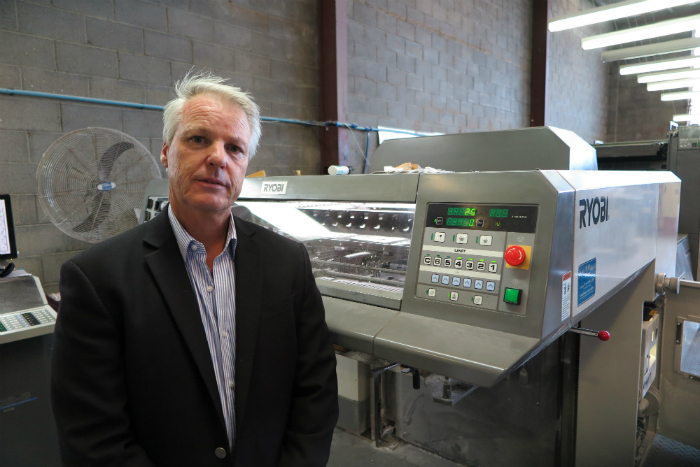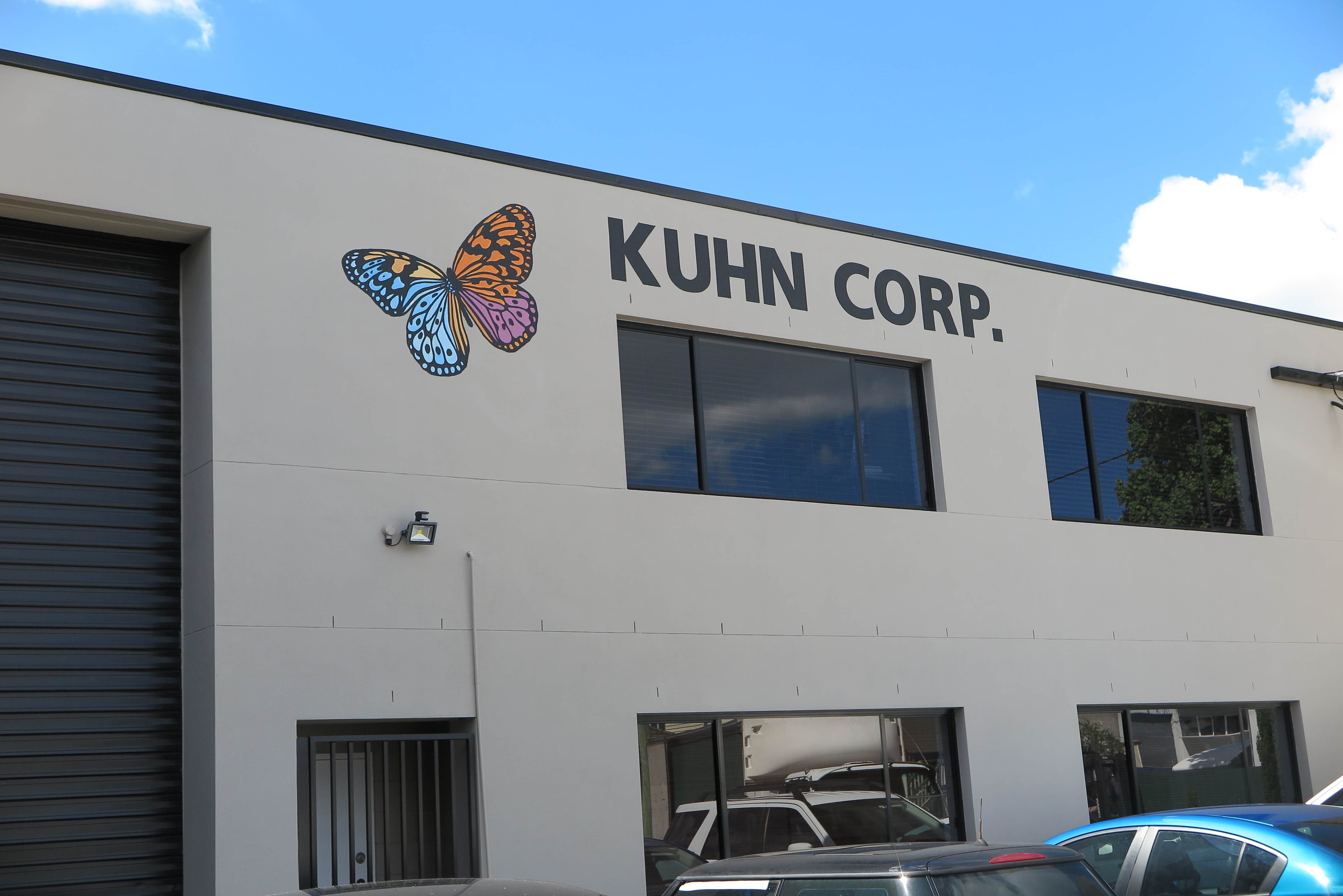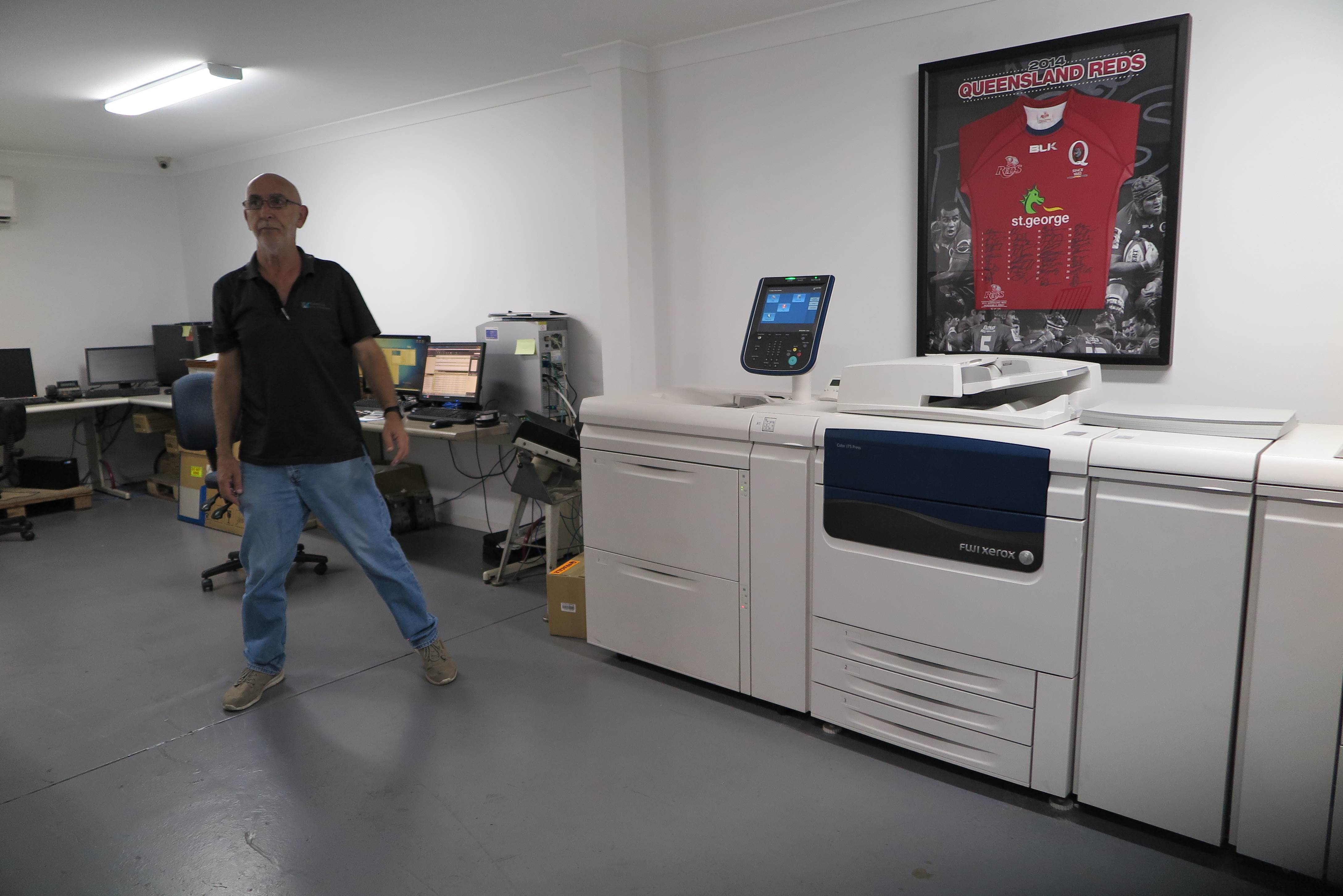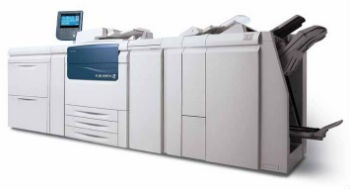
Kuhn Corp, founded in 1993 by Walter Kuhn with two staff members as an instant print shop, and today 25 years later operates in multiple markets, commercial print, packaging, and its niche specialty, egg packaging.
The company now has eight full-time staff and four casuals, and operates out of its own 1000sqm building in the Brisbane suburb of Virginia, which it purchased five years ago after leasing its previous premises.
Walter Kuhn is also now responsible for not only his staff, but has a duty to the industry as a whole, as president of the PIAA, earned after running a successful printing business for the past quarter of a century.
Kuhn explains, “Machinery was a bit of an issue back then, with the high cost, so we gathered as much as we could, and started with single colour machines. The idea was to specialise in spot-colour work, stationary, that kind of thing. That probably lasted three to four months before the demand from previous clients came around, and we were drawn into the colour market.
“We now do a general mix of commercial work, anything from booklets to magazines. We do work for a number of government departments, State and Federal, retail work, and packaging work.
“We started working on the packaging side in 1999, and we set it up for the packaging of eggs. The packaging is thermoformed from recycled PET.
“We still do that now, it is our niche market, and I am a believer that every printer needs to have its own that they can foster and nurture.”
The company has certainly nurtured its niche, as it is now the appointed licensee in Oceania for Ovotherm Clear Egg Packages, and considers itself the Australian leader for all clear egg packaging.
Part of its packaging production includes proprietary technology which the company has developed, with Kuhn being an engineer by trade.
Running the business, Kuhn says the biggest thing he learned was the importance of customer service, and keeping a customer focus.
In his words, “The other thing was do not sweat the little things. A lot of people work themselves out, when they should just stay focused on customer service and make sure the job is correct.”
As for not sweating the bigger things, three years ago Kuhn Corp went about installing solar panels, a path now being trod by an increasing number of print businesses.
He says, “We purchased $30,000 of solar panels at a time when power was rising. It was a smart move, three years later rocketing energy prices means our power bill is still higher, but without the investment in solar power it would be significantly higher.”

For Kuhn as a business owner, and the president of the PIAA, power is a huge issue.
He explains, “Industry can only do so much. We have put LED lighting around the site, and everything we do now is power conscious, but you cannot compete with massive price increases.
“We did a scenario where we looked at the rate per kilowatt in nine countries. Based on Australian currency, people in the US pay around seven cents per kilowatt, Europe pays nine.
“Here, we are sitting at 22 cents per kilowatt.”
Hence, Kuhn considers energy pricing to be the top priority for printers at the policy level, and works accordingly as the PIAA president to lobby the Government to alleviate the pressure on printers.
Kuhn says, “We have put some proposals to Federal ministers for write-offs on capital equipment to try and ease the pain, but at the end of the day the State politicians blame their Federal counterparts and vice-versa.
“They need to have enough intestinal fortitude to make the big moves, and make it more viable for everyone.”
Like all modern print businesses Kuhn Corp is operating in a volatile highly competitive sector, one that demands a clear strategy to achieve success. Kuhn says, “Our aim is to provide high quality reliable products and services to our customers, whilst creating a work environment for our staff that provides job satisfaction and advancement that rewards excellence and effort.
“You will find our service second to none from the initial quotation of job through to completion and timely delivery.
“We have digital printing presses, we run Fuji Xerox and Epson, but it is a small side of our business. Things are changing, but in the past it seemed to be hamstrung in that area. We will be updating our digital machinery over the next twelve months to increase efficiencies.
“With the new offset presses that are now avai lable, and ul tra- low makereadies, we can put a job on the press, and from a cost point of view it is cheaper even with 500 A4 copies than a digital press.
“A makeready used to take in excess of an hour, with our current press that is down to 10-15 minutes, and some of the newer ones are down to five minutes. There is not that much of a speed advantage with digital presses.
“I think the toner-based digital devices will disappear, and be replaced with inkjet. It will be more like an offset press in that sense, where it will be straight throughput. You purchase the inks, purchase your parts, and that will bring the industry back where it should be.”

Kuhn Corp runs a six-colour B2 Ryobi and a Heidelberg GTO.
Kuhn is an engineer by trade, who entered the print industry following an industrial accident. He says it helps him appreciate the mechanics of printing machinery, and explains, “You understand that maintenance is key and paramount to the success of an organisation, and we allocate two hours every Monday morning to it.
Once a month we will allocate four hours to maintenance, if we get downtime rolls are pulled out, machines are stripped. You get the longevity out of them, and then you get the quality of work.
“I can’t speak for other companies, but from what I am told some companies are lackadaisical with maintenance, and run their machines into the ground and purchase new ones. It is not what we do here.”
As for new markets, and looking into the future, Kuhn Corp is considering entering the wide-format market, taking into consideration the potential growth to be had.
It has made its first initial investment, purchasing a second-hand HP Latex 260, to test the waters prior to a major cost outlay.
“I still believe that printing is an art form, it is a craft, while a lot of printers present it as a commodity item. I think once we start going down that track we lose any artisan craft there is in the industry, and once you do that, you lose the value.
“When speaking to customers, you have to put forward the benefits. So for example, selling a brochure to a customer, you have to look at how your product can help them to sell their product, whether that be by upselling into finishes, substrates, or having a response mechanism in a marketing sense, and helping the customer get the benefit out of that piece of material. There is no point doing a mailout to 100,000 different customers if you cannot gauge the response from it.
“You add value with your knowledge, and by helping your client benefit their business.”
“You need to have a good compromise between the two, and I think that is what the industry has lost, and what it needs to gain back, value in the product it is doing.
“The image that we put out there to the wider public is that it is a necessity. The printed form will never die. All the talk of digital replacing print is absolute rubbish, the day may come when power prices are so high that you cannot afford to run your computer, but you will always be able to hold a book to read.
“The printing trade is one of the oldest trades in the world. It started with a cavemen scratching images into walls. And that is what printing is, the transfer of an image onto a substrate.”
Comment below to have your say on this story.
If you have a news story or tip-off, get in touch at editorial@sprinter.com.au.
Sign up to the Sprinter newsletter


